Right in the middle of Halloween and Hurricane Sandy, my new report for GigaOM Pro on the future of the electronic program guide (EPG) went live last week.

If you’re a subscriber, you can read the whole write-up including market trends, recent technology innovations, company details and predictions for the future. If you’re not, have no fear. As promised, GigaOM is kindly allowing me to publish an excerpt here. Drop me a line if you have any thoughts, questions, or insightful commentary to add, or if there’s another long-form topic you think I should turn my attention to next.
From What the Shift to the Cloud Means for the Future EPG in the U.S.
Market Disruptors
…Beyond the traditional service providers, hardware manufacturers, and software companies that make up the television ecosystem, a number of new players are entering the market with disruptive models. On one end are new hybrid service providers, many of which are small operators or startup companies. Then there are the consumer electronics companies, including smart-TV manufacturers and retail set-top providers. Finally there are behemoth companies like Google, Apple, Amazon, and Microsoft, which are approaching the television business with capital and expertise built in other industries…
CE companies are attempting several different strategies that range from partnering with guide providers to building their own cloud-based platforms to relying on simple and inexpensive client-based guide software. The connected-TV companies are largely taking the first approach. Samsung, Sony, and Toshiba, for example, all partner with Rovi, although Samsung in particular has stated its ambition to create a connected-TV platform. The retail box providers, however, are more of a mixed bag. Apple licenses Rovi guide technology for Apple TV, and it appears that Google does the same to support its user interface for Google TV, though little has been said about that relationship publicly. Boxee ports its own software onto branded boxes that are made by other manufacturers. And Roku relies on its own inexpensive client-side guide software in order to keep consumer prices down. In each case, these hardware providers have their own branded guides, but the underlying technology sources vary widely.
The final group in the market-disruptors category is the sleeping giants – large companies in different industries that have begun to encroach on the TV-service-provider space. Google and Apple began offering their own retail set-tops years ago, but they have largely maintained those products as sideline businesses, providing access only to web content and not focusing major resources on breaking through in the more traditional television-service-provider space. The big question is whether Google and Apple will change their strategies in the future.
Read more
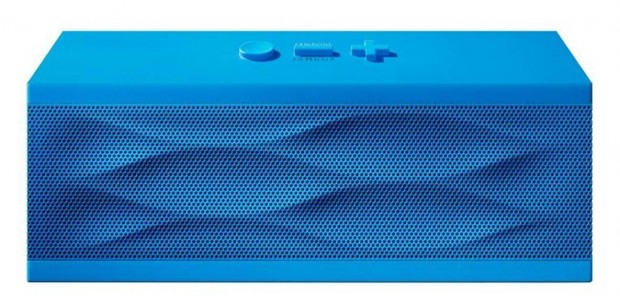
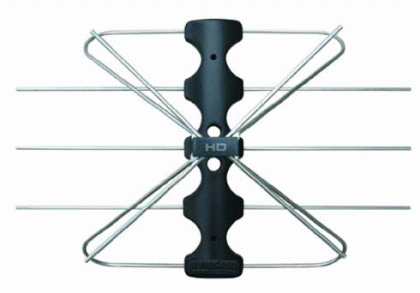
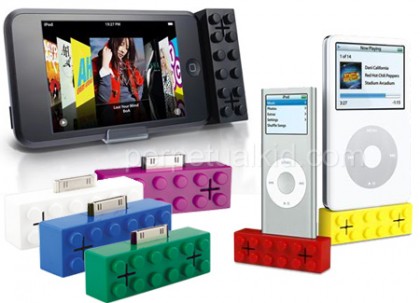
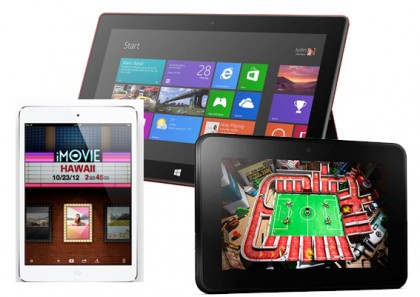

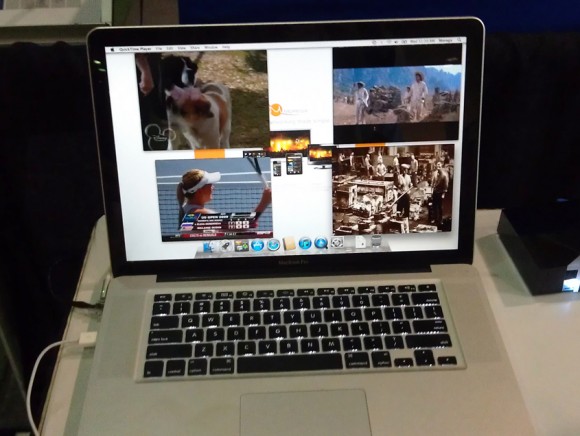
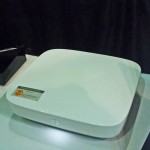 And, at the SCTE Cable-Tec Expo show last week, Morega showed off quad-stream transcoding, i.e. four streams transcoded at once so that you can be moving lots of different content around to lots of different places. (Shot above shows real-time transcoding displayed on a laptop screen for demo purposes)
And, at the SCTE Cable-Tec Expo show last week, Morega showed off quad-stream transcoding, i.e. four streams transcoded at once so that you can be moving lots of different content around to lots of different places. (Shot above shows real-time transcoding displayed on a laptop screen for demo purposes)